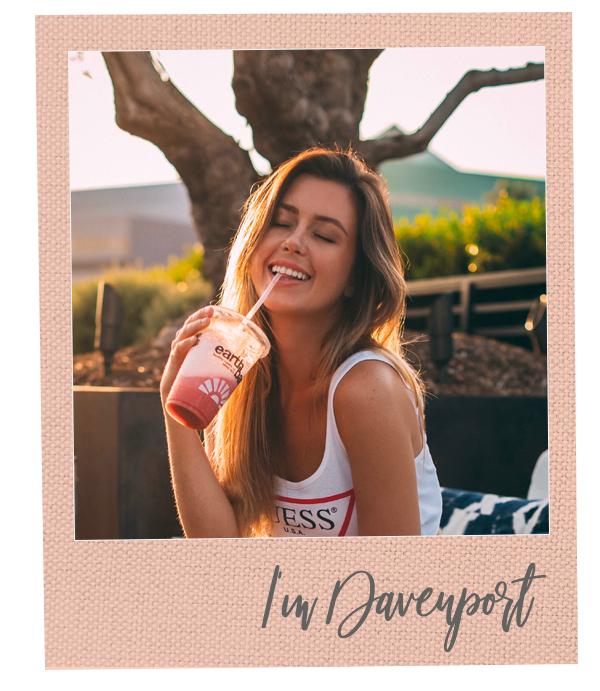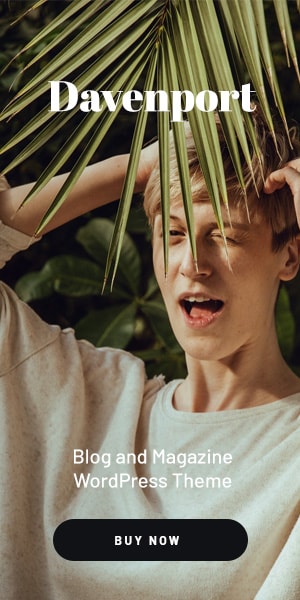Few British fashion names conjure images of salt-sprayed hair, easy-going fleece hoodies, and sunset strolls quite like FatFace. The once–tiny surf shack label that began life on a South-Coast ski trip has, over three decades, embedded itself in wardrobes from Cornwall to the Cairngorms. As street styles swing between viral micro-trends, FatFace remains reassuringly familiar—it’s laid-back silhouettes and sun-faded palettes feel like home. Yet behind the effortless vibe is a company that has weathered recession, ownership changes, and a seismic retail shift from bricks to clicks. Today, under the wing of retail giant Next and buoyed by fresh sustainability targets, FatFace is scripting a new, more cinematic chapter—one that blends heritage storytelling with omnichannel muscle.
Table of Contents
A South-Coast Start: From Salcombe Stall to National Name
The origin story is retail folklore. In 1988, co-founders Tim Slade and Jules Leaver returned from a French ski season—spent funding their lift passes by selling printed T-shirts named after the resort’s steep “La Face” piste—and set up shop at Southampton docks. They chose the playful moniker “FatFace” and hawked heavyweight tees at seaside markets from their battered camper van. By 1997, the duo had opened their first high-street store in London’s Covent Garden, luring urbanites with a slice of coastal escapism. The brand’s DNA—washed cotton, generous cuts, graphic tees nodding to paddleboards and pier cafés—offered respite from the era’s glossy clubwear. Word-of-mouth growth, not flashy ad campaigns, turned FatFace into a £100 million company by the mid-2000s.
Design DNA: Laid-Back Quality That Channels the Shore
Ask loyal customers why they keep returning, and two reasons surface: durability and mood. FatFace garments lean toward mid-weight fabrics—slub cotton, brushed flannel, garment-dyed denim—that soften with age yet seldom lose shape. The prints feel sketched rather than corporate: a line drawing of Brighton’s Palace Pier, a hand-painted compass rose, or a low-contrast floral lifted from Devon hedgerows. Oversized hoodies hug the hips; chinos taper gently but aren’t glued to the calves. It’s fashion that fits a dog walk, school run, or pub beer garden, not just an Instagram grid. This “everyday adventure” positioning—coined in the brand’s early catalogs—has insulated FatFace from fad fatigue. When normcore, athleisure, and cottage-core each took turns dominating feeds, FatFace simply stayed itself.
Still, evolution is visible. In 2019, the brand introduced “Active” leggings and recycled nylon puffers aimed at paddle-boarders and commuters alike. In 2021, it trialed inclusive sizing up to UK 24 and 3XL, following customer petitions. And in 2023, a petite capsule addressed fans who found classic fits swampy. Each tweak kept the shoreline spirit intact while broadening its reach.
Stores and Stories: How FatFace Conquered the High Street
At its zenith in 2017, FatFace operated more than 225 UK stores—a footprint that rivaled Superdry and White Stuff. But the pandemic accelerated a pivot it was already considering: fewer, experience-led locations supported by an upgraded webshop. Some outlets closed, including the long-standing Sheffield Ecclesall Road branch, in early 2025, a casualty of shifting footfall and rising high-street rents.
Yet expansion hasn’t stalled; it has refocused. FatFace’s first full-price store in Ireland for 14 years opened at Dublin’s Blanchardstown Centre in May 2024, featuring seagrass-colored walls, refill stations for laundry liquid, and an in-store embroidery bar. Similar “finds” concepts—half-boutique, half-community hub—are planned for university towns where outdoor societies boom.
Meanwhile, e-commerce now accounts for roughly 40 percent of sales, super-charged by a 2024 re-platform that shaved checkout time to under a minute and added predictive fit guidance. The digital storefront amplifies the brand’s storytelling: shoppable journal posts follow UK paddle-boarder Cal Major around the Cornish coast; a “Laundry Low-Impact” hub teaches fans to cold-wash denim.
Under the Next Umbrella: Acquisition Fuels an Omni-Channel Pivot
The most cinematic twist came in October 2023 when Next plc purchased FatFace for £115.2 million. The deal slotted the seaside label beside Reiss and Joules in Next’s growing brand portfolio, granting FatFace access to Next’s cavernous stock-holding warehouses, same-day delivery pilots, and global courier contracts. Crucially, retained creative autonomy—its head office remains in Havant, Hampshire—but can now piggyback on Next’s app infrastructure, exposing the product to 10 million loyalty-scheme shoppers.
Since integration, digital conversions have climbed, and US customers use Next’s stateside warehouses for three-day shipping instead of the previous 10-day wait. A February 2025 shareholder briefing confirmed the acquisition “has created a platform for international enlargement without diluting brand essence.” Analysts predict FatFace could reach £400 million in sales by 2027 if it leverages Next’s click-and-collect network across 500 UK stores.
Planet Positive: Beyond the B Corp Badge
Sustainability isn’t new for FatFace—it launched a “Ship-Sail-Recycle” denim take-back in 2017—but the drive accelerated after the brand achieved B Corp certification in April 2023. Following recertification in 2024, set a target to cut absolute carbon emissions by 46 percent by 2030, aligning with the Science Based Targets initiative.
Its new “Gen B” working group, made up of staff aged under 30, assesses packaging, trims, and supplier audits against upcoming 2027 standards.
Progress shows on hangtags: 86 percent of cotton is now Better Cotton Initiative or organic; all swimwear lining switched to post-consumer waste nylon last year. The company trialed sea-freight biofuels on the Southampton-Felixstowe route, trimming each voyage’s emissions by 30 percent. While some critics argue that true sustainability demands fewer new clothes overall, FatFace counters by marketing repair workshops, resale pop-ups, and lifetime care tips through TikTok mini-docs.

The Road Ahead: Cinematic Storytelling Meets Everyday Reality
Looking to 2026, FatFace’s challenge is balancing the soothing rituals that customers love—warm-toddy fleece blankets, Sunday beach combos—with the speed and spectacle consumers now expect online. Its marketing team has embraced “micro-movies”: 30-second reels shot in Margate’s Dreamland amusement park or Aberdeenshire dunes. Unlike hyper-edited fast-fashion content, the clips linger on ordinary moments: zipping a jacket while stuffing a thermos or untangling kite strings at dusk. The approach resonates; internal data shows reels drive a 12 percent lift in product saves.
Internationally, FatFace eyes Germany, the Nordics, and Canada, regions with sizable outdoor-lifestyle overlaps. With Next’s logistics engine and a lighter store model—40-square-meter pop-ups inside premium garden centers—the ambition feels achievable. Yet the brand insists the compass still points home. “If our clothes stop smelling of salt and sunscreen, we’ll know we’ve lost our way,” quips creative director Liz Evans. For now, Britain’s everyday staple looks set for a bigger stage without shedding its coastal soul.
Conclusion
From a camper-van stall to a B Corp-certified label riding Next’s advanced supply chain, FatFace embodies the power of authenticity plus adaptive business smarts. Its appeal endures because it doesn’t chase trends; it translates the simple joy of a seaside weekend into clothes that work on a Tuesday commute. As the brand leans into cinematic content and global e-commerce, the essential promise remains: quality pieces designed to live your life, not interrupt it.
FAQs
1. Why is called “FatFace”?
The founders coined the name after “La Face,” a steep ski run in Val d’Isère. They jokingly added “Fat” to make T-shirts sound rebellious, and the catchy mash-up stuck.
2. Does FatFace still make products in the UK?
While most manufacturing happens in partner factories across Turkey, China, and India, small batches of knitwear and accessories are occasionally produced with British mills, especially for limited-edition heritage drops.
3. How does FatFace’s B Corp status affect what I buy?
B Corp certification means the brand meets verified standards of social and environmental performance. Customers can expect more recycled fibers, traceable cotton, and transparent impact reports as FatFace works toward its 2030 carbon-reduction goal.
4. Can I return or repair worn FatFace items?
Yes. In the UK, any FatFace store will accept garments for return within 100 days if unworn, and selected flagship stores host monthly repair cafés where minor stitching, zip fixes, and button replacements are done for free.
5. Is pricing changing now that Next owns FatFace?
Core prices have remained stable since the 2023 acquisition. However, shoppers can now access FatFace products through Next’s website and loyalty program, which sometimes offers member discounts and next-day delivery upgrades.



